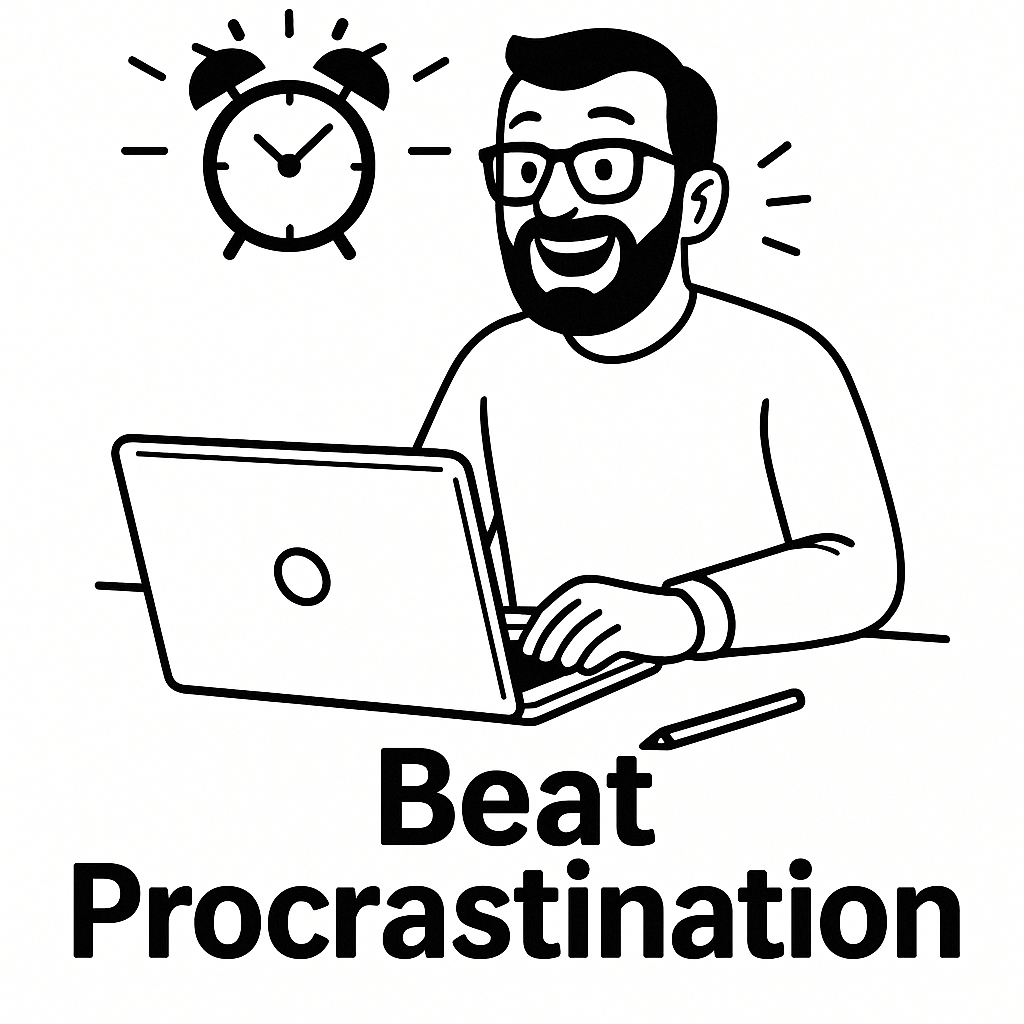Procrastination is a sneaky one.
For as long as I can remember, I’ve had trouble starting tasks that didn’t spark joy—especially the kind that would eventually lead to an exam, a presentation, or any situation where I’d have to “prove” what I’ve learned. For years, I blamed laziness. I’d sit down, stare at the task, and wait for some miracle to get me moving. Sometimes it worked—sort of—but the results never matched my expectations.

Only recently did I realize that procrastination isn’t just about laziness. It’s a layered problem, made up of several hidden factors. Some tasks feel heavier because they carry emotional weight—perfectionism, fear of failure, or performance pressure. The more important the task felt, the harder it became to start. Once I began unpacking those layers and addressing each of them individually, things started to shift.
So here’s the simple strategy I now use to outsmart procrastination and move forward, even when a task feels too big or unclear.
First, I set realistic goals. Then, I do a bit of research to get clarity on what actually needs to be done. I break the work into smaller pieces and use time-boxing—usually 25-minute work sessions—to keep my focus tight. I also schedule my work on a calendar, but here’s the key: I don’t fill it up. Instead, I apply the “slow productivity” idea and choose one main thing to focus on each day.
And finally, I manage my emotions. Mindfulness helps me reduce mental clutter, while visualization or the occasional therapy session helps me process anything that feels too heavy. These tools are not just about getting things done—they’re about creating space for clarity and peace of mind.
In short: Set realistic goals. Break things down. Schedule wisely. Focus on one thing. And don’t forget to take care of your emotional landscape. You don’t need a million productivity hacks—just a few practices that work for you.
Start simple. Adjust as you go.
Cheers.
Leave a Reply